Imagine you have just received really bad news. Maybe it’s a job loss, a best friend moving away, or a tragic news story from across the world. Now imagine your boss, your friend, or your partner saying, “Don’t cry.” If you are like most people, you now add on to your feelings about the bad news with more negative emotions, such as shame, anger, and self-doubt.
Imagine growing up in a home where crying is not allowed. Crying is seen as a sign of weakness, and is met with disapproval from the people whose opinion matters most to us, our parents.
Crying is a normal response to sadness, fear, anger, and even happiness. If we can’t express your emotions in a way that we are physiologically designed to do, our options become limited: Hold it in and let it fester, or let it out in less healthy ways. Neither of these feel good to children, or adults. However, the bigger issue here is that minimizing or ignoring a child’s emotions can have devastating consequences.
When a child’s emotions are dismissed, minimized, or criticized, they learn that their feelings are not appropriate or valid. They may begin to believe there is something wrong with them for feeling that way. Instead of learning skills to regulate their emotions, they often develop anxiety in the face of normal life emotions and lack the skills necessary to move through them in healthy ways. Not only does the relationship between parent and child suffer, it affects their ability to connect with and maintain relationships with their peers.
We need to let our children know that crying is not only ok, it’s a normal response and one that should be respected. When adults are uncomfortable with children crying, it often stems from their own experience of being told crying is not ok. So, instead of focusing on getting someone else to stop crying, we are more effective if we turn inward and reflect on where our own negative feelings about this normal human response is coming from. Only then can we really get to the root of the problem.


